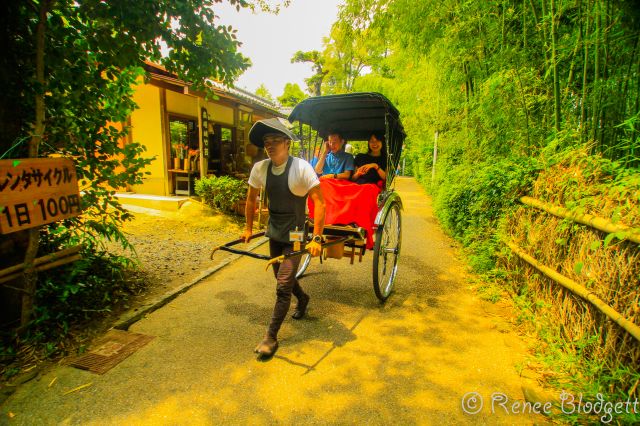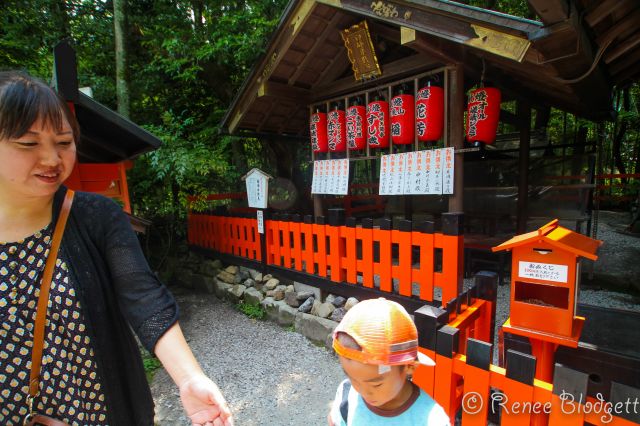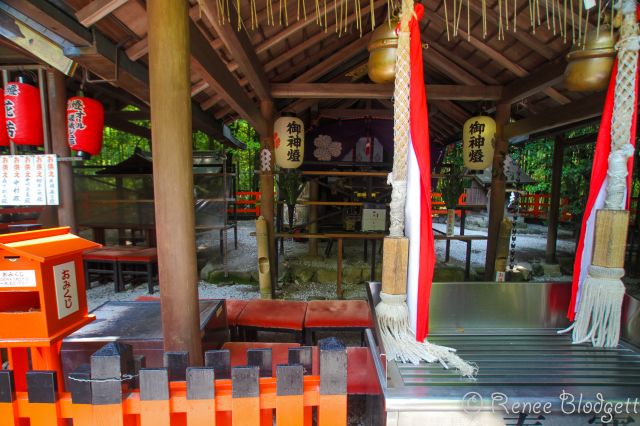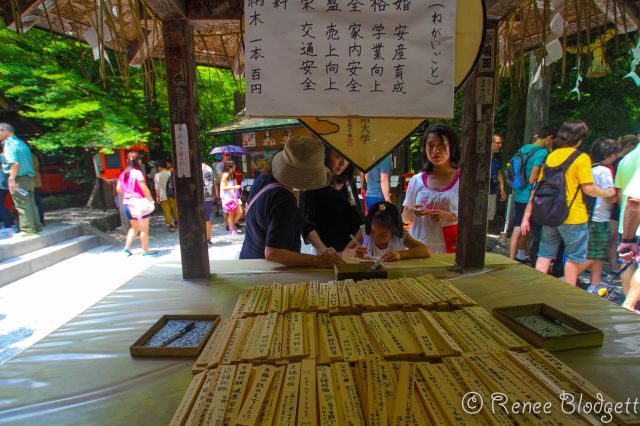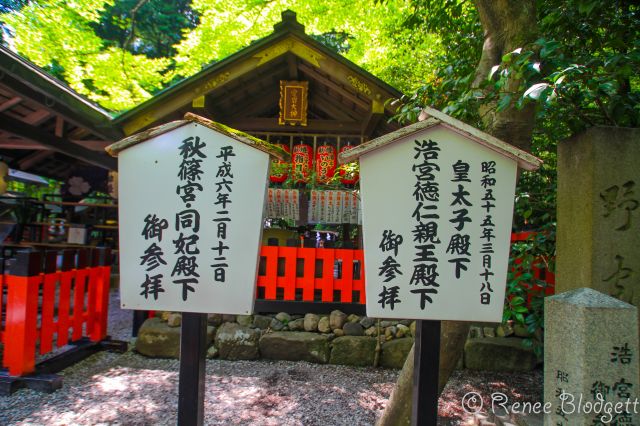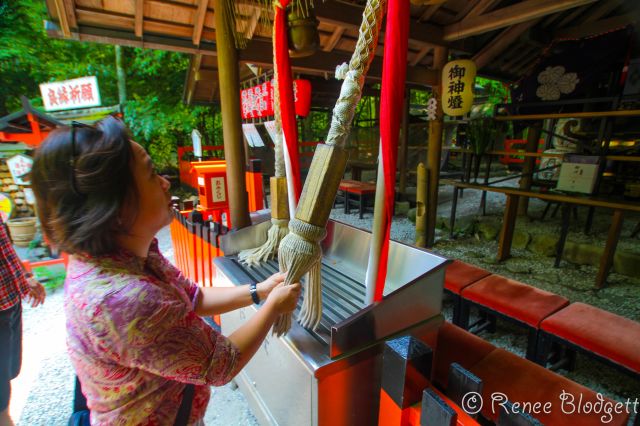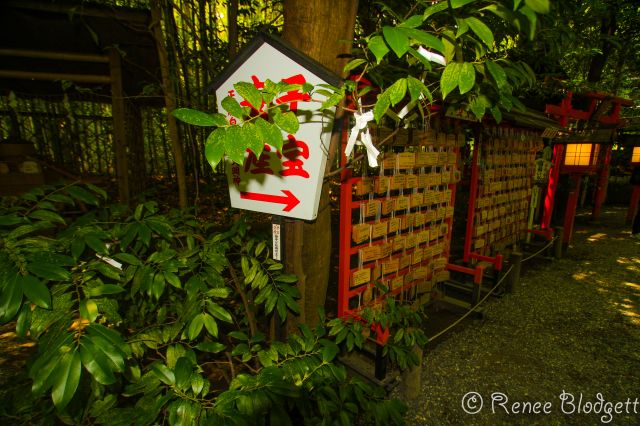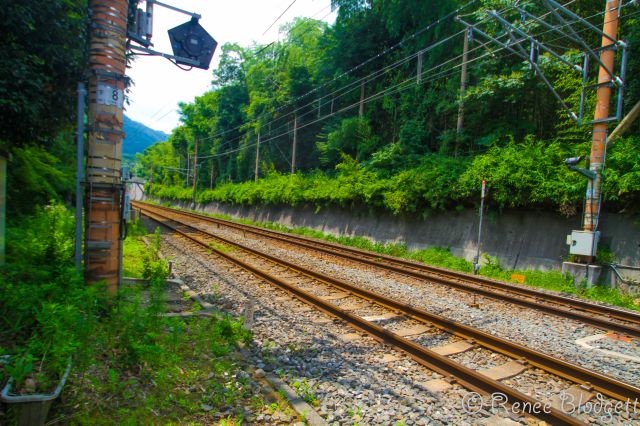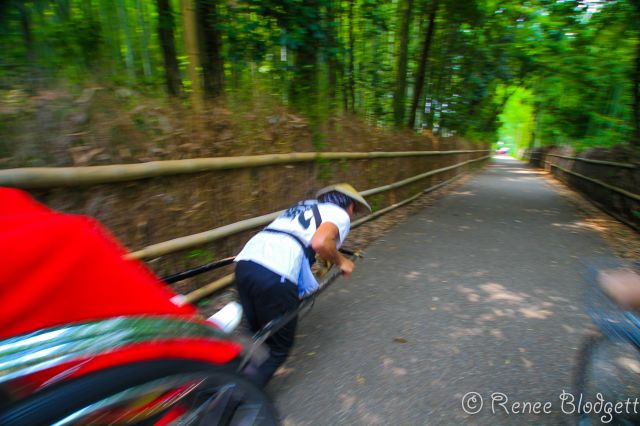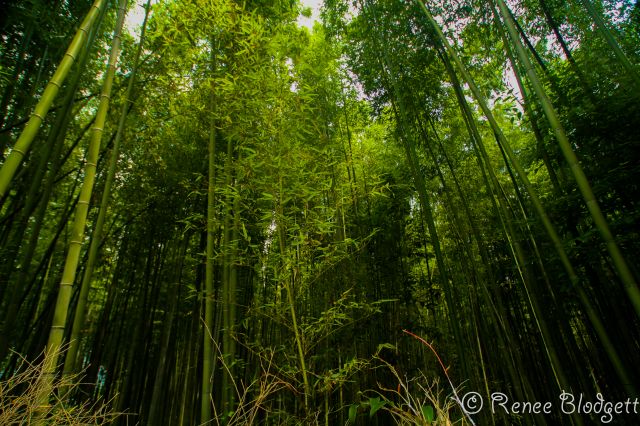I’ve always found bamboo to be fascinating. Sure, it has been used to manufacture various products, such as baskets, cups, boxes and mats at local workshops for centuries and certainly, it looks beautiful in those products and there’s nothing more free flowing than a bamboo door. It wasn’t until I read the book Bend Not Break by my friend Ping Fu that it struck the right chord…in other words, why it has always allured me so.
A quote in her book from her Shanghai Papa, a man she lived with for part of her childhood in China goes something like this: “Bamboo is flexible, bending with the wind but never breaking, capable of adapting to any circumstance. It suggests resilience, meaning that we have the ability to bounce back even from the most difficult times. . . . Your ability to thrive depends, in the end, on your attitude to your life circumstances. Take everything in stride with grace, putting forth energy when it is needed, yet always staying calm inwardly.”
It really hits home and couldn’t be more spot on about how we live our lives. Imagine then being faced with not just one bamboo stalk but an entire forest of bamboo in the midst of a tranquil environment, where you too can just hear the gentleness of the wind if you only listen.
Kyoto’s Bamboo Forest is in the historical and somewhat touristy (but for good reason) town of Arashiyama. See my separate write up on this area called Central Japan’s Kyoto Exudes Charm & Beauty. From the main drag of Arashiyama, the entrance is just a little to the north of the entrance to Tenryu-ji Temple, which you should also spend some time exploring (photos below).
You can take a ride if you wish or simply walk through through this serene trail.
For more posts on Japan, see our Japan section and on Tokyo, visit our Tokyo Japan / top things to do in Tokyo section.
Details:
Getting There By Japan Railways (JR)
The fastest access from Kyoto Station to Arashiyama is provided by the JR Sagano Line (also known as JR Sanin Line). The one way ride to Saga-Arashiyama Station takes 15 minutes and costs 240 yen. From Saga-Arashiyama Station, central Arashiyama can be reached in a 5-10 minute walk.
Getting There By Keifuku Railways (Randen)
The small trains on the Keifuku Arashiyama Line connect Arashiyama with Omiya Station at the intersection of Shijo Street and Omiya Street in central Kyoto (20 minutes, 200 yen). Keifuku Railways also provides access to Kitanohakubaicho Station in northern Kyoto, not far from Kinkakuji, Ryoanji and Ninnaji Temples (20-30 minutes, 200 yen). One transfer of trains is required along the way. Keifuku Arashiyama Station is located in the very center of Arashiyama.
Getting There By Hankyu Railways
From Kawaramachi or Karasuma Station in central Kyoto (Shijo Street), take the Hankyu Main Line to Katsura Station and transfer to the Hankyu Arashiyama Line for Arashiyama. The one way trip takes about 20 minutes and costs 220 yen. Hankyu Arashiyama Station is located on the opposite side of the river, about a 5-10 minute walk from central Arashiyama.
Note: Princess Cruises sponsored my trip to Japan, however all side trips and attractions and my opinions of them are entirely my own and are not shaped by taking the cruise with them.

Renee Blodgett is the founder of We Blog the World. The site combines the magic of an online culture and travel magazine with a global blog network and has contributors from every continent in the world. Having lived in 10 countries and explored over 90, she is an avid traveler, and a lover, observer and participant in cultural diversity. She is also the founder of the Magdalene Collection, a jewelry line dedicated to women’s unsung voices and stories, and the award-winning author of the bestselling book Magdalene’s Journey
She is founder of Blue Soul Media and co-founder of Blue Soul Earth as well as the producer and host of the award-winning Blue Soul CHATS podcast, that bridges science, technology and spirituality. Renee also founded Magic Sauce Media, a new media services consultancy focused on viral marketing, social media, branding, events and PR. For over 20 years, she has helped companies from 12 countries get traction in the market. Known for her global and organic approach to product and corporate launches, Renee practices what she pitches and as an active user of social media, she helps clients navigate digital waters from around the world. Renee has been blogging for over 16 years and regularly writes on her personal blog Down the Avenue, Huffington Post, BlogHer, We Blog the World and other sites. She was ranked #12 Social Media Influencer by Forbes Magazine and is listed as a new media influencer and game changer on various sites and books on the new media revolution. In 2013, she was listed as the 6th most influential woman in social media by Forbes Magazine on a Top 20 List.
Her passion for art, storytelling and photography led to the launch of Magic Sauce Photography, which is a visual extension of her writing, the result of which has led to producing six photo books: Galapagos Islands, London, South Africa, Rome, Urbanization and Ecuador.
Renee is also the co-founder of Traveling Geeks, an initiative that brings entrepreneurs, thought leaders, bloggers, creators, curators and influencers to other countries to share and learn from peers, governments, corporations, and the general public in order to educate, share, evaluate, and promote innovative technologies.

